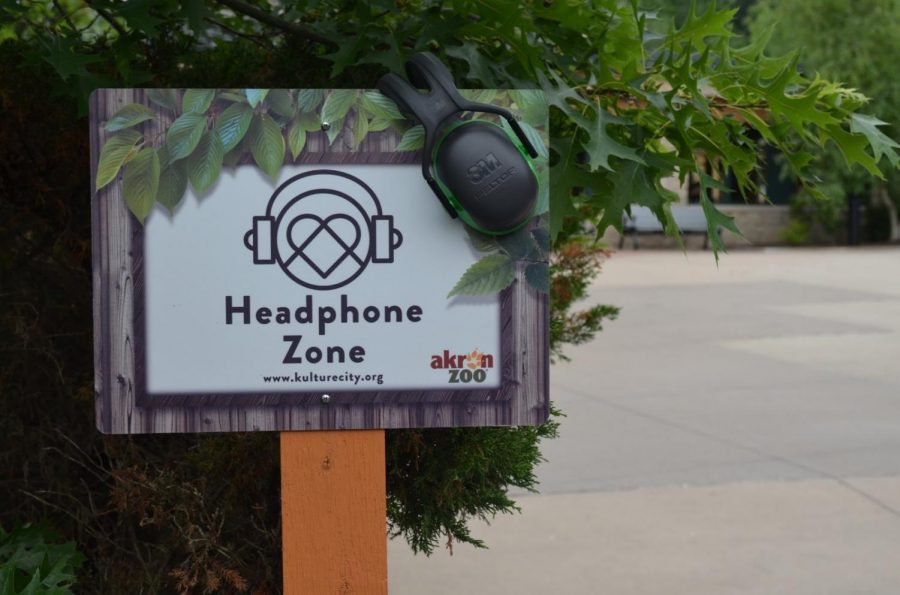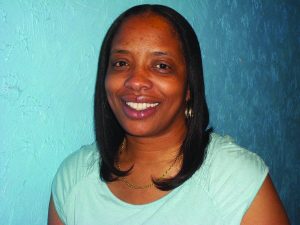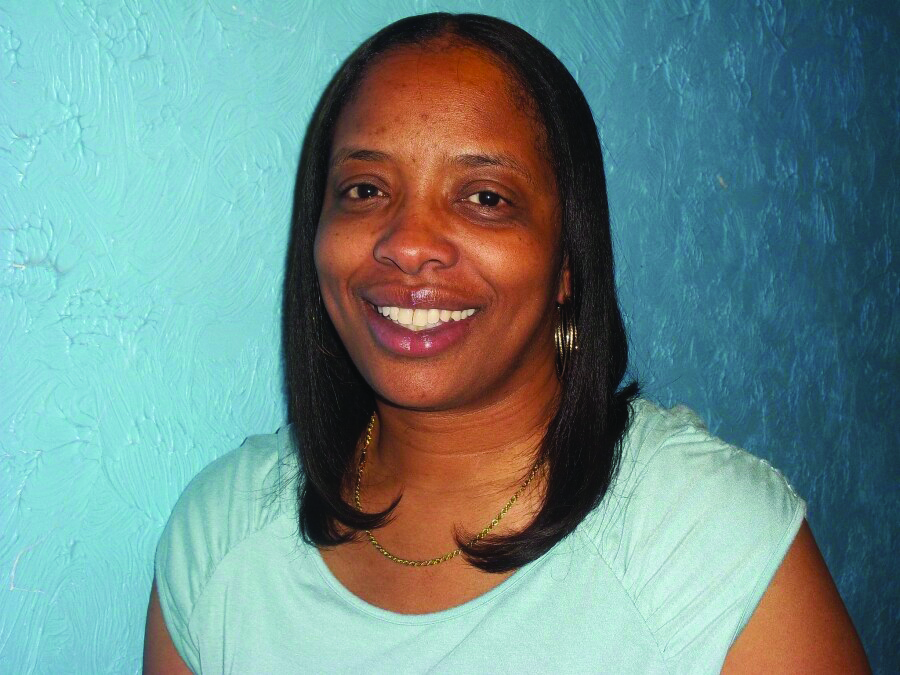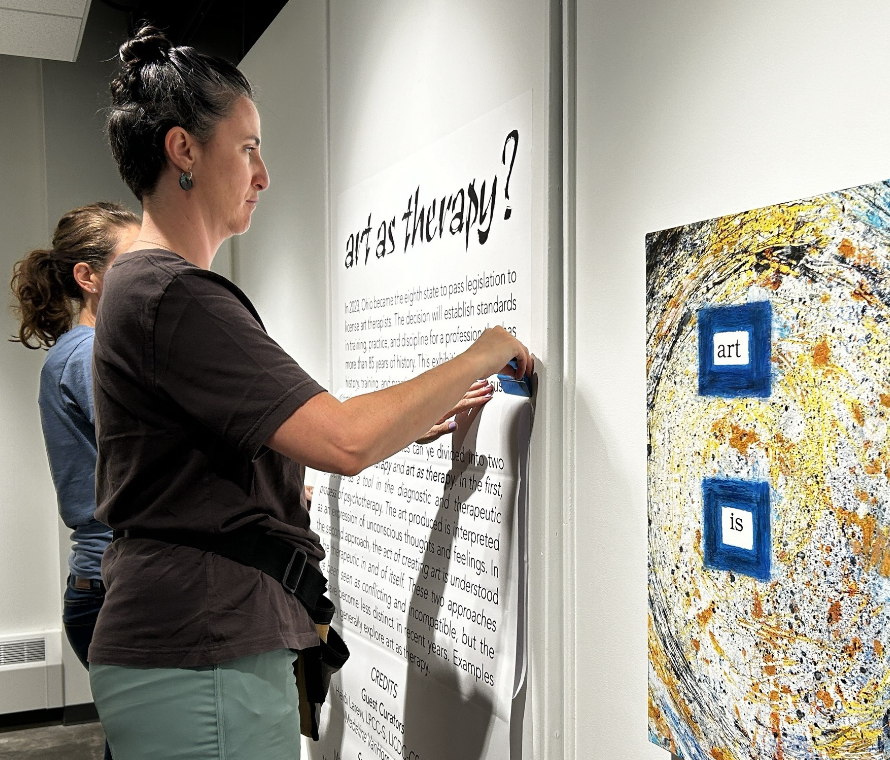Akron Zoo Nationally Recognized as Sensory Inclusive
The welcoming of all guests is important at the Akron Zoo and the Sensory Inclusion program is a progressive step in ensuring a memorable experience for all abilities.
Headphone Zones are loud areas where people with sensory problems are encouraged to wear their noise-canceling headphones provided by the zoo. (Photo courtesy of Akron Zoo)
October 10, 2018
The Akron Zoo is the first zoo in the state of Ohio and only the second in the country to become sensory inclusive as it maintains measures to ensure safe and quiet places for guests with invisible disabilities impacted by sensory.
Nationally recognized by the Association of Zoos and Aquariums at its national conference in Seattle, Wash. on Sept. 26, the Akron Zoo received the Angela Peterson Excellence in Diversity award for the significant advancements since the launch of the Sensory Inclusion program. From opening early on certain days to offering sensory bags to guests regularly, the zoo staff has taken a large step to ensure everyone is included and welcome at the Akron Zoo.
In 2016, the Akron Zoo announced the intent to close Journey to the Reef, an exhibit highlighting animals generally found in coral reefs, with the main focus on Jellyfish.
Elena Bell, Marketing and PR manager for the Akron Zoo, said, “We started getting a lot of comments from families about how sad they were that the jellyfish were going to go away because that was the one place their children with autism could really enjoy. [The Exhibit] soothes them, and calms them down, and the zoo started to take notice of that.”
Around this time, according to Bell, the zoo was contacted by KultureCity, an organization that specializes in creating special events for people with disabilities and helping organizations become sensory inclusive. KultureCity came forward hoping to host a private event at the Akron Zoo.
Upon working with this organization, Bell said she learned of the Sensory Inclusion program KultureCity developed with the Birmingham Zoo.
After listening to the needs of the families commenting about Journey to the Reef, Bell realized a sensory inclusion plan would benefit the zoo and the community. After the project kicked off, the sensory inclusion program took about eight months to complete.
All guests have the ability to check out sensory bags which include noise-canceling headphones, fidget toys and sunglasses. Weighted lap pads are also available for guests who may want one.
The Akron Zoo has set up a network of signs that let guests know whether an area is a Quiet Zone, an area of that is relatively quiet, or a Headphone Zone, an area where guests linger or animals are loud.
“Zoothing” hours are also available on certain days, listed on the zoo´s website, where the Zoo opens an hour early for guests that need a quieter, less crowded area, for any special needs from increased wheelchair accessibility to sensory sensitivity.
The Akron Zoo also has the entire staff in on the effort.
“We train one hundred percent of our staff to understand sensory sensitivity, sensory processing, the best way to interact with guests that are experiencing sensory overload and figure out the best way to help them,¨ Bell said.
One of the best stories on how the program is positively impacting families is how one family drives 5 ½ hours to visit because the Akron Zoo becoming only the second zoo in the country to be sensory inclusive meant a lot to them, Bell said.
The Akron Zoo not only plans to enhance their current Sensory Inclusion program that launched in 2017, but also intends to expand inclusion programs in other directions as well, Bell said.
In 2018, the zoo collaboratively launched a program called “Museums for All” with several other cultural institutions around Akron to ensure the zoo is easily available to low-income families.
Douglas Piekarz, President and CEO of the Akron Zoo, said the zoo is honored to be recognized with KultureCity and the Birmingham Zoo in welcoming guests of all abilities while working towards making the world a better place.
“Our mission is to connect your life to wildlife while inspiring lifelong learning and conservation action,” Piekarz said, “Everyone is included in that mission, and it is our job to remove barriers to inclusion where ever we find them.”












